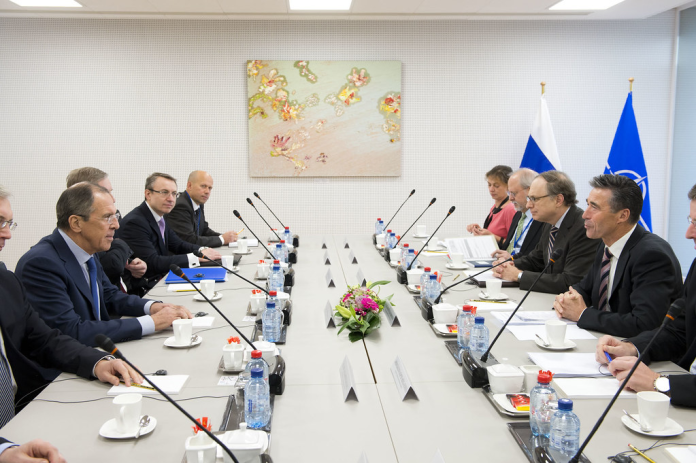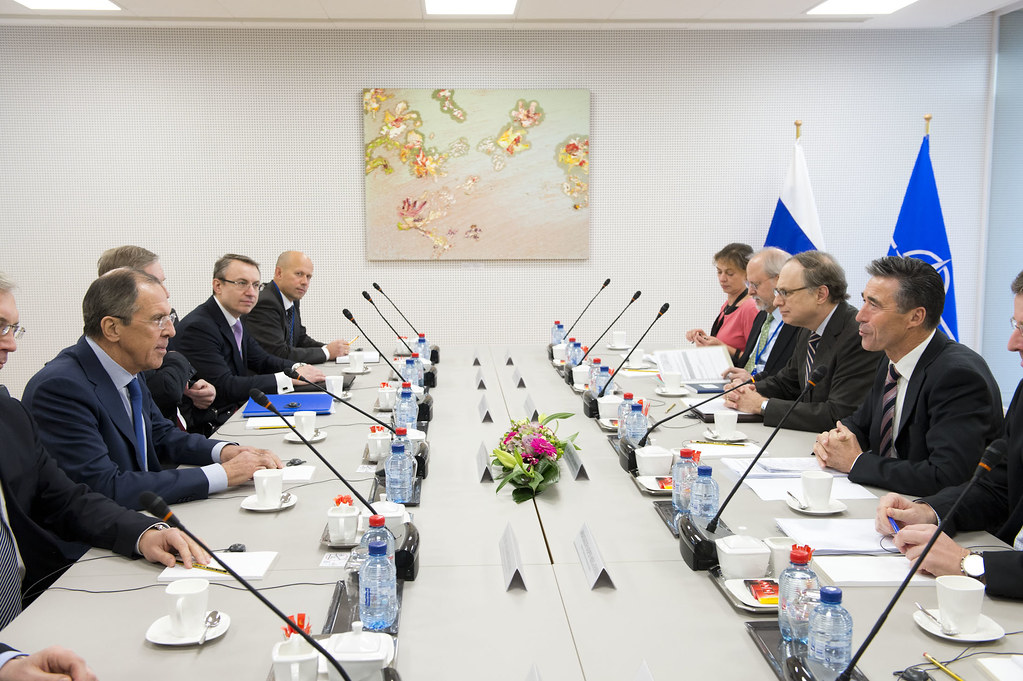
The most dangerous wars are not the ones being fought, but the ones planned in the open. When a recently retired Russian general who has strong connections with the Kremlin openly details a list of strikes for a future world war, it is no bluff it is an insight into Moscow’s strategic thinking. Andrey Gurulyov’s on-air comments regarding where Russia would strike first in a theoretical World War III have clashed with an explosive environment: NATO’s military expansion, Russian hybrid war in Europe, and the militarization of space.
These assertions, though not official policy, ring true because they are consistent with larger trends in Russian doctrine, war games, and intelligence operations. From jamming satellites to cutting Europe’s power grid, the sort of scenarios he painted echo both past precedent and present capabilities. Appreciating the possible steps is not alarmism it is deciphering how Moscow could escalate a crisis into a European or even world war.
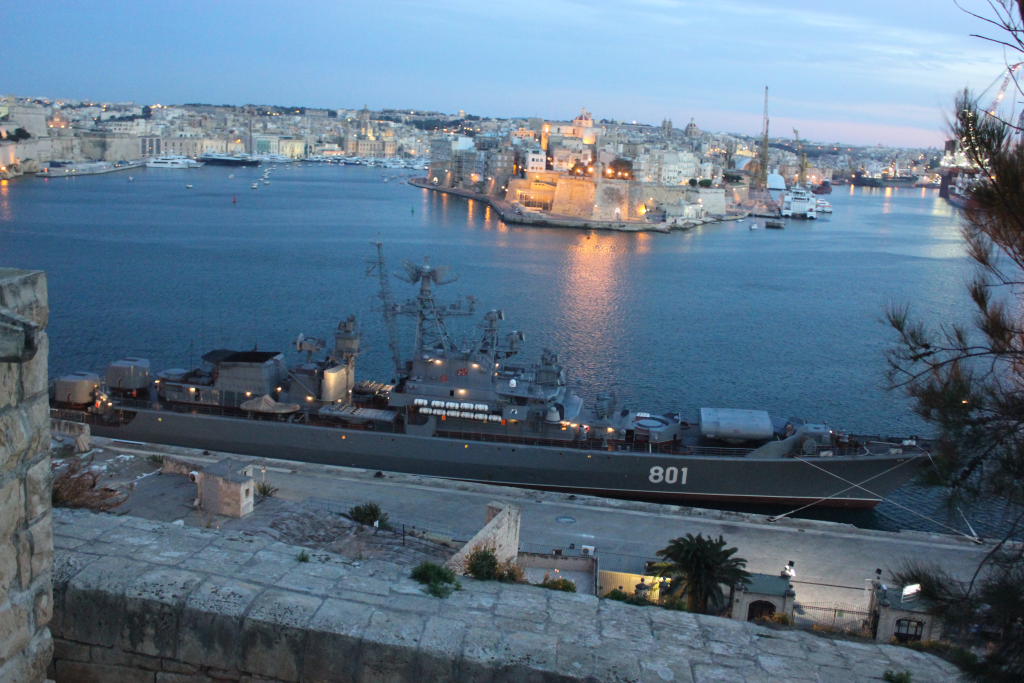
1. London as an Initial Strike Target
In his Russia-1 interview, Gurulyov brushed aside Paris, Warsaw, and Berlin as early targets, stating, “The first hit would be London. It’s crystal clear that the threat to the world comes from the Anglo-Saxons.” This articulation is evidence of a recurring Russian narrative positioning the UK as a lead sponsor of Western opposition. Latest Kremlin language, as reported by state media and intelligence reports, has more and more described London as both geopolitical thorn and strategic danger, especially since the UK led European military support to Ukraine.
This logic of targeting is supported by Moscow’s ambivalent view of Britain as simultaneously weaker militarily than America, but able to influence NATO policy. Russian intelligence has blamed the UK for subversive operations from the Black Sea to the Caucasus, and hybrid attacks on British-associated infrastructure have already been traced to Russian agents.
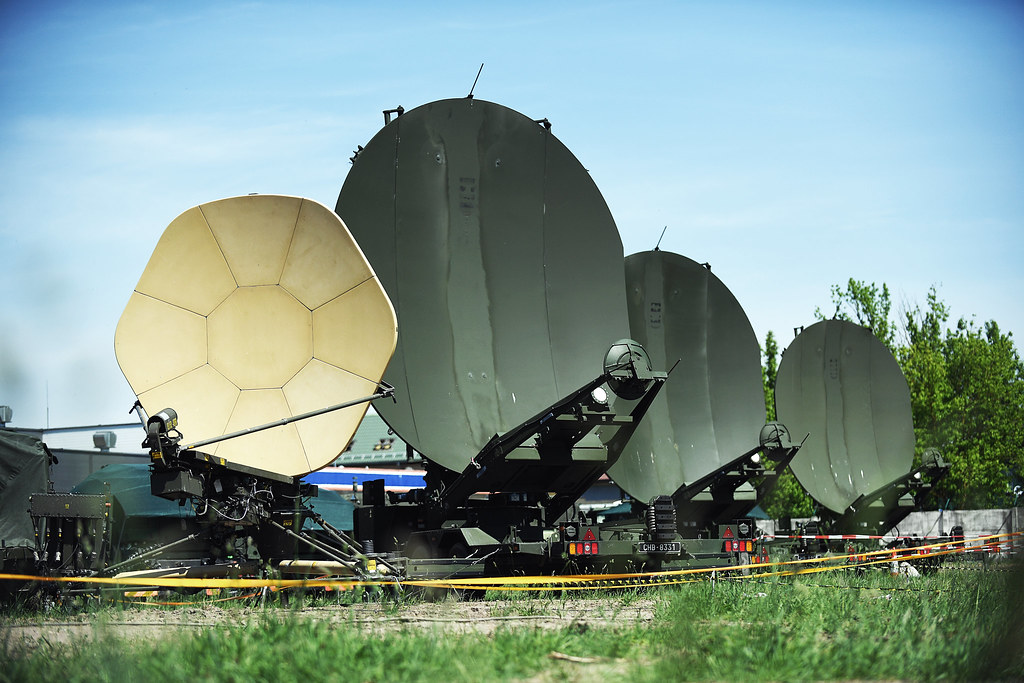
2. Disabling NATO’s Satellite Systems
Gurulyov’s “initial logical step” in a large war would be to knock out enemy satellites. This is not bluffing. Russia has spent a great deal of money on anti-space capabilities, including co-orbital assets and direct-ascent ASATs. The analysts have cautioned that Moscow is said to be testing a nuclear-armed co-orbital satellitea throwback to Cold War-era Fractional Orbital Bombardment Systems intended to frustrate missile defenses.
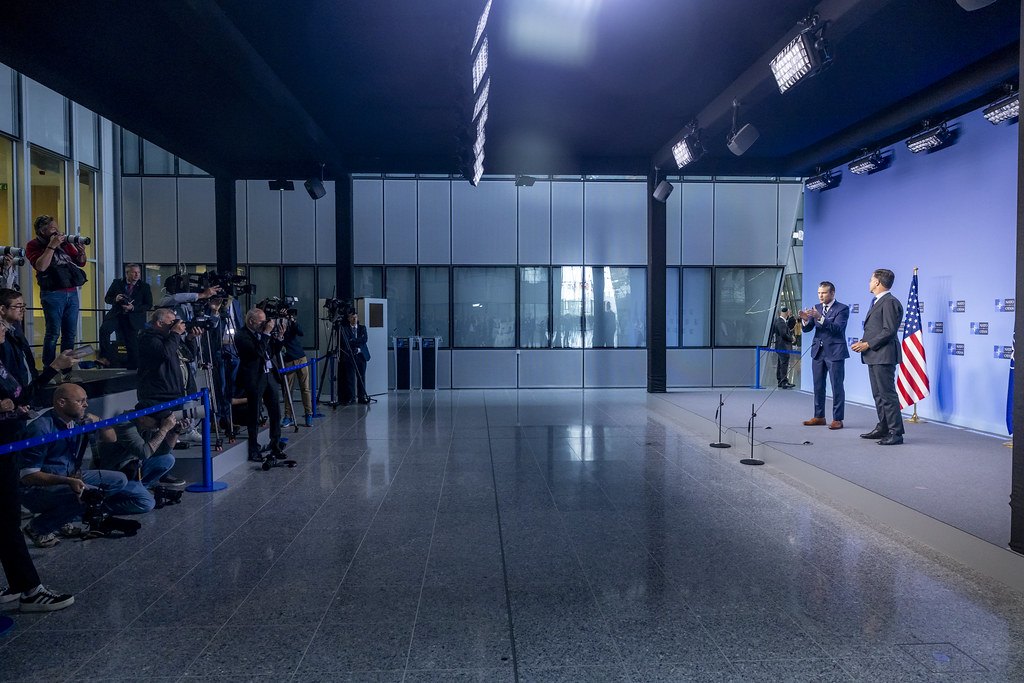
The conflict in Ukraine has shown the military utility of commercial constellations such as Starlink, rendering them attractive targets. An effective attack on NATO space assets would disable communications, navigation, and intelligence sharing, tipping the early stage of a conflict in favor of Russia.
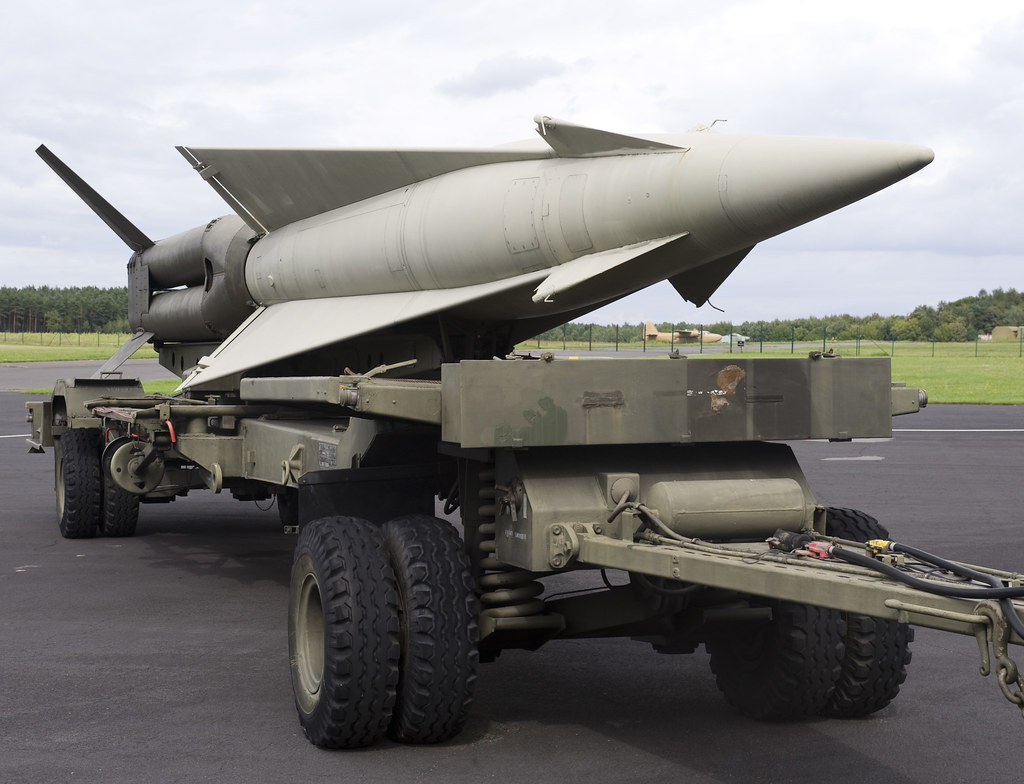
3. Neutralizing Anti-Missile Defenses
After the satellite knockdown, Gurulyov described countering NATO’s anti-missile capabilities “everywhere and 100%.” This is consistent with Russian strategy that places a priority on suppression of enemy air defenses (SEAD) as an introduction to mass attacks. Kaliningrad’s Iskander missile brigades and long-range aviation units are designed to strike at NATO radar, interceptor facilities, and command nodes.
The strategy would be to create avenues for follow-up strikes without instigating prompt interception. Operations would merge precision-guided weapons, cyber attacks on fire-control systems, and electronic warfare to blind sensors tactics already proven in Syria and Ukraine.
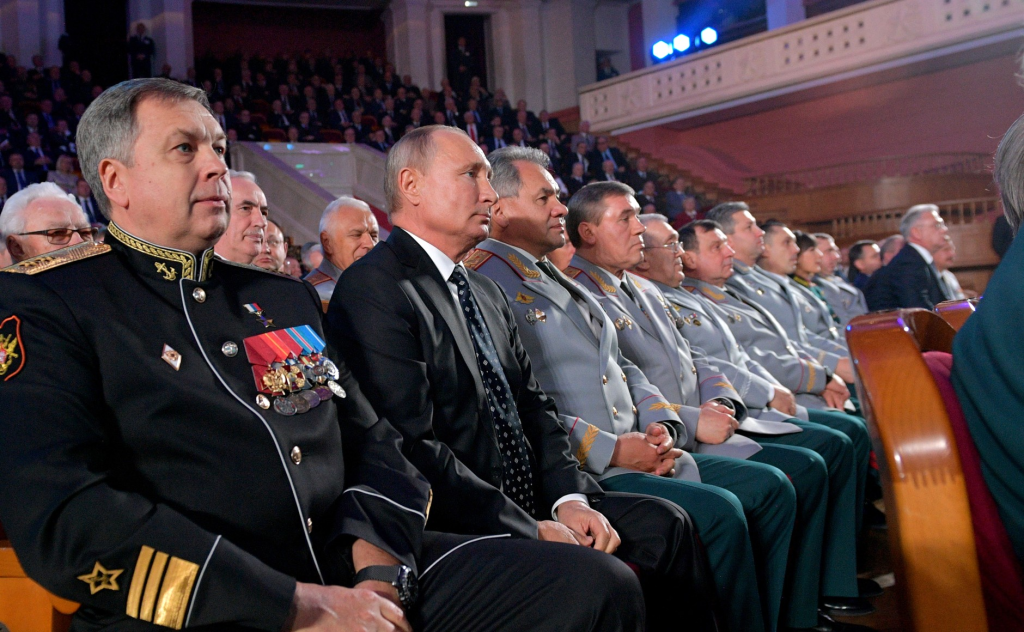
4. Severing Europe’s Power and Mobility
Gurulyov’s strategy to “isolate Western Europe from power supplies and paralyze it” recalls the weaknesses revealed by the April 2025 blackout that left Spain, Portugal, and southern France in the dark. Experts cited the fact that the failure propagated across borders in a matter of seconds, as typical of an organized cyber assault on interconnected grids. Russia’s GRU has a history of attacking strategic infrastructure, from the blackout in Ukraine in 2015 to alleged sabotage of undersea cables and pipelines in the Baltic. Disabling Europe’s transport and energy networks in war would not only cripple logistics but also test political unity within NATO.
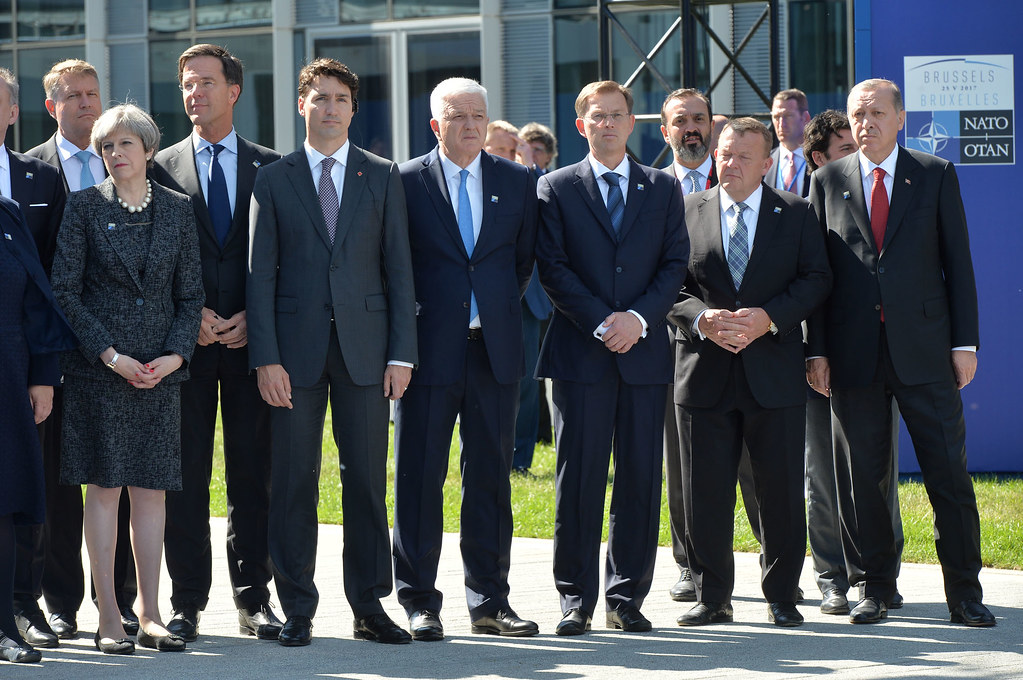
5. The Suwałki Corridor Flashpoint
The narrow land bridge between Poland and Lithuania flanked by Belarus and Kaliningrad remains NATO’s most vulnerable choke point. Gurulyov’s comments on Kaliningrad’s blockade risk tie directly to scenarios where Russia seizes the Suwałki Corridor to isolate the Baltic states. Military simulations show such an operation could be executed in under 72 hours, supported by electronic warfare, cyberattacks, and missile strikes. A shift here would compel NATO to take an instant Article 5 decision, with elevated risk of escalation, up to nuclear signaling if Russia’s position was challenged.
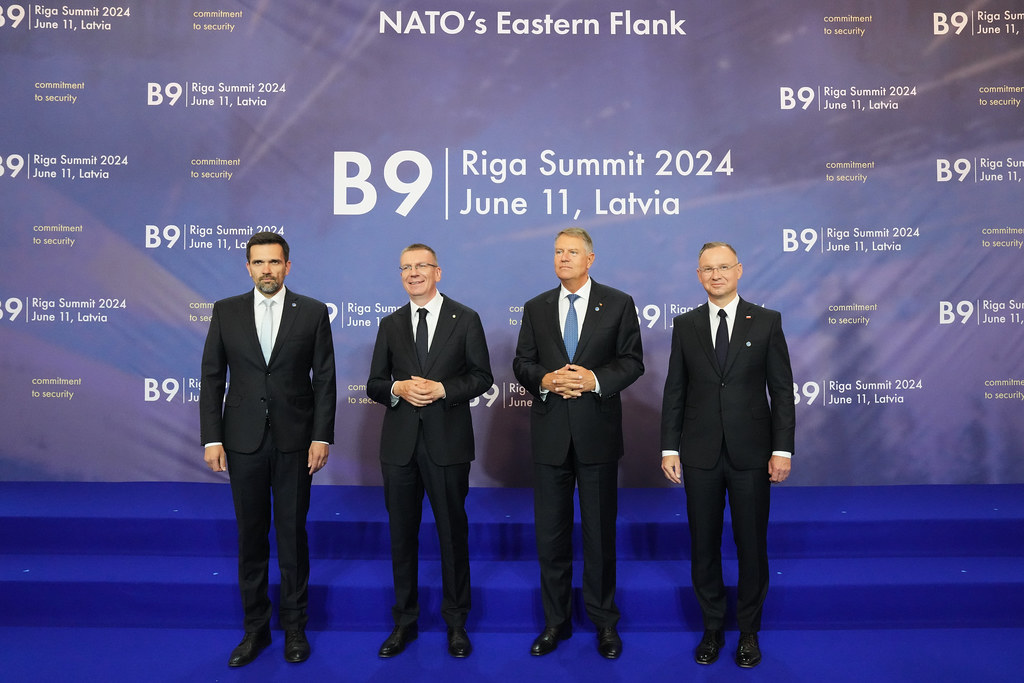
6. Broadening the War to Eastern Europe
Outside Western capitals, Gurulyov mentioned Poland, Slovakia, Hungary, and Romania as potential next targets. This is part of a larger Kremlin strategy to put pressure on NATO’s eastern flank and discourage additional military support for Ukraine. Russian hybrid tactics sabotage, targeted killings, and disinformation have already struck at Polish railroads, Romanian defense companies, and political leaders in several countries. Such steps would challenge coalition solidarity, particularly where internal politics provide opportunities for delay or dissent in decisions to collectively defend.

7. Hybrid Warfare and Sabotage Campaigns
Despite no open war, Russia has ramped up its covert war in Europe. Both the frequency and number of sabotage attacks attributed to Russian agents almost doubled between 2023 and 2024, based on a CSIS database. Defense plants, transport points, and undersea facilities have been targets, typically using deniable tools like civilian ships or hired local assets. These actions have dual functions: weakening NATO’s readiness and testing for vulnerabilities in attribution and reaction. In a combat setting, they may be coordinated with traditional attacks to overwhelm defenses and decision-making.
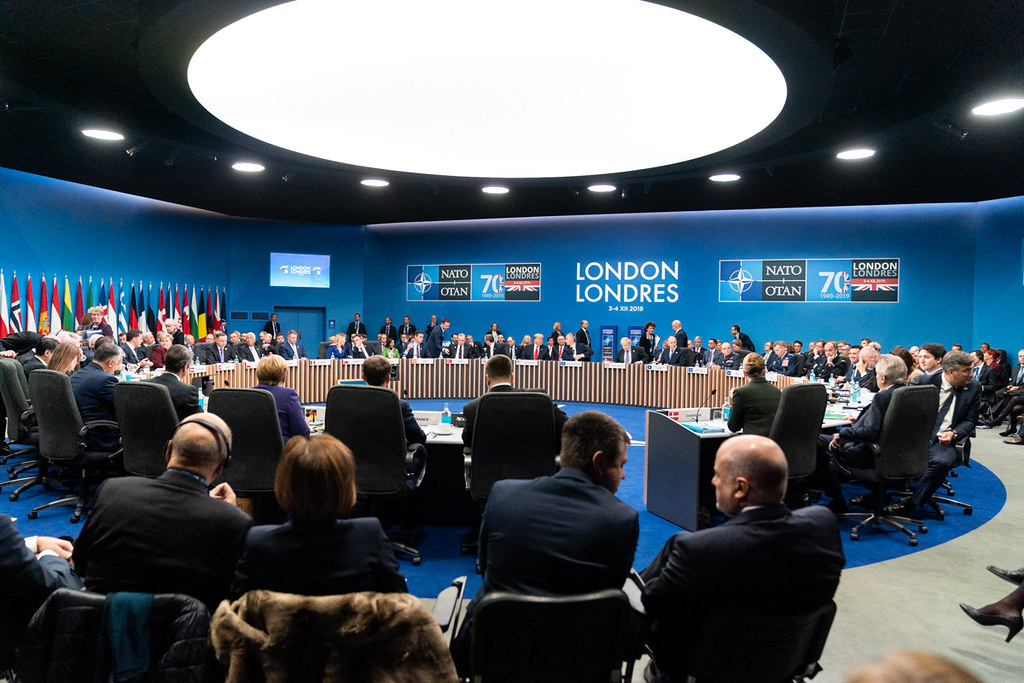
The televised strike list of Gurulyov is neither a war plan in the classical understanding, but it aligns with Russia’s established capabilities and doctrinal thought. From space combat to sabotage of power grids, the scenarios he described are already being practiced in exercises by the military and in hybrid operations. For NATO, the task is not just to deter such actions but to get ready for their simultaneous implementation because in the type of war Gurulyov describes, the initial blows can occur long before the world really declares it World War III.
